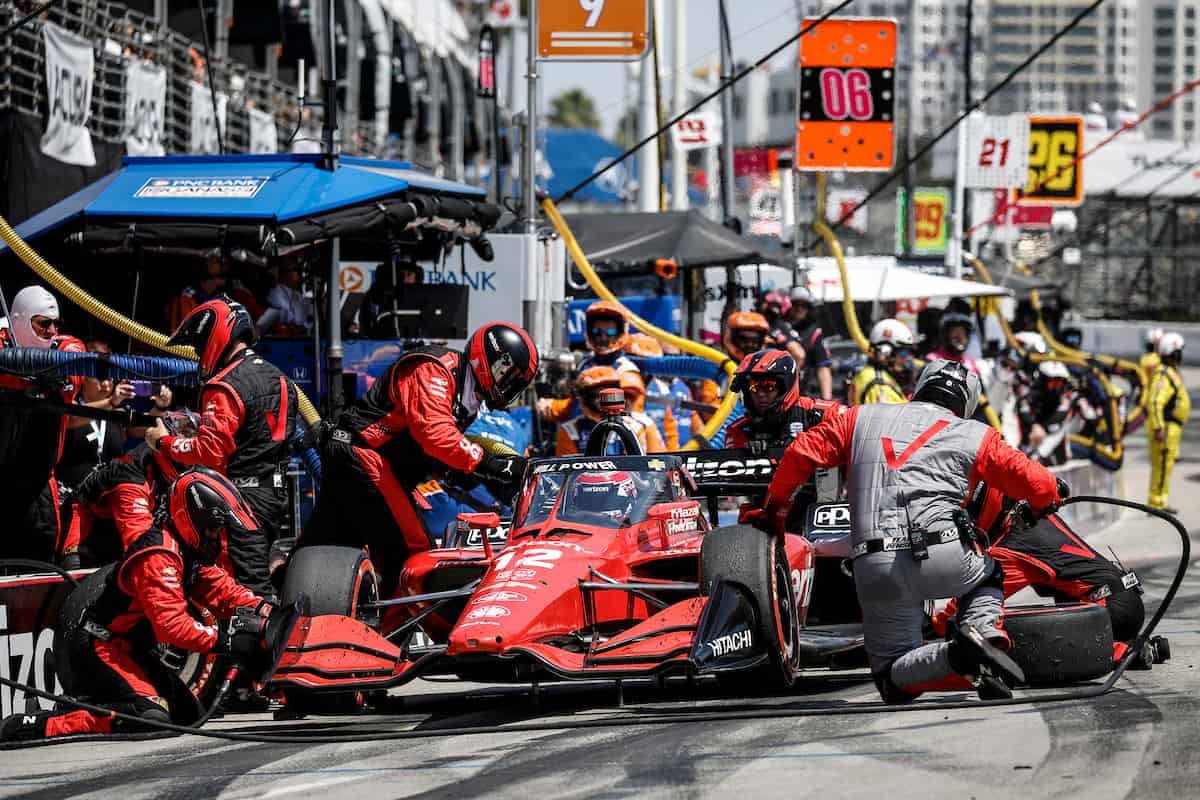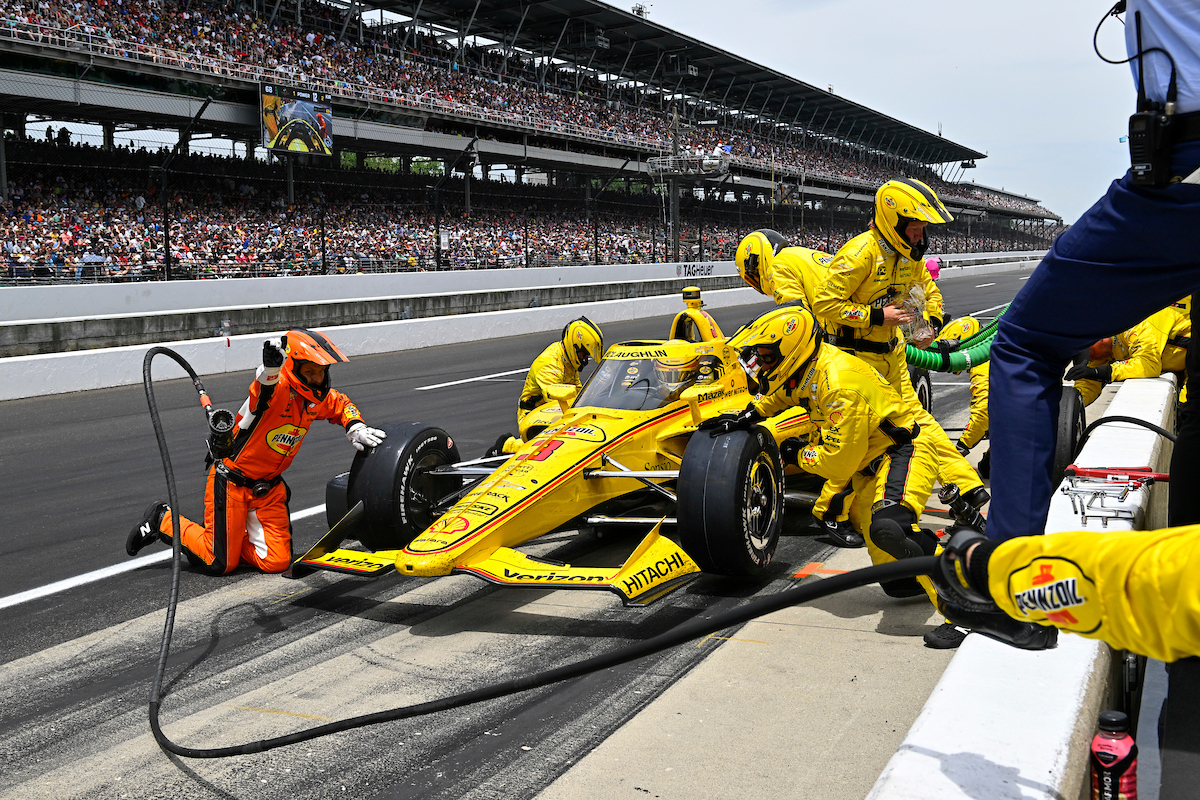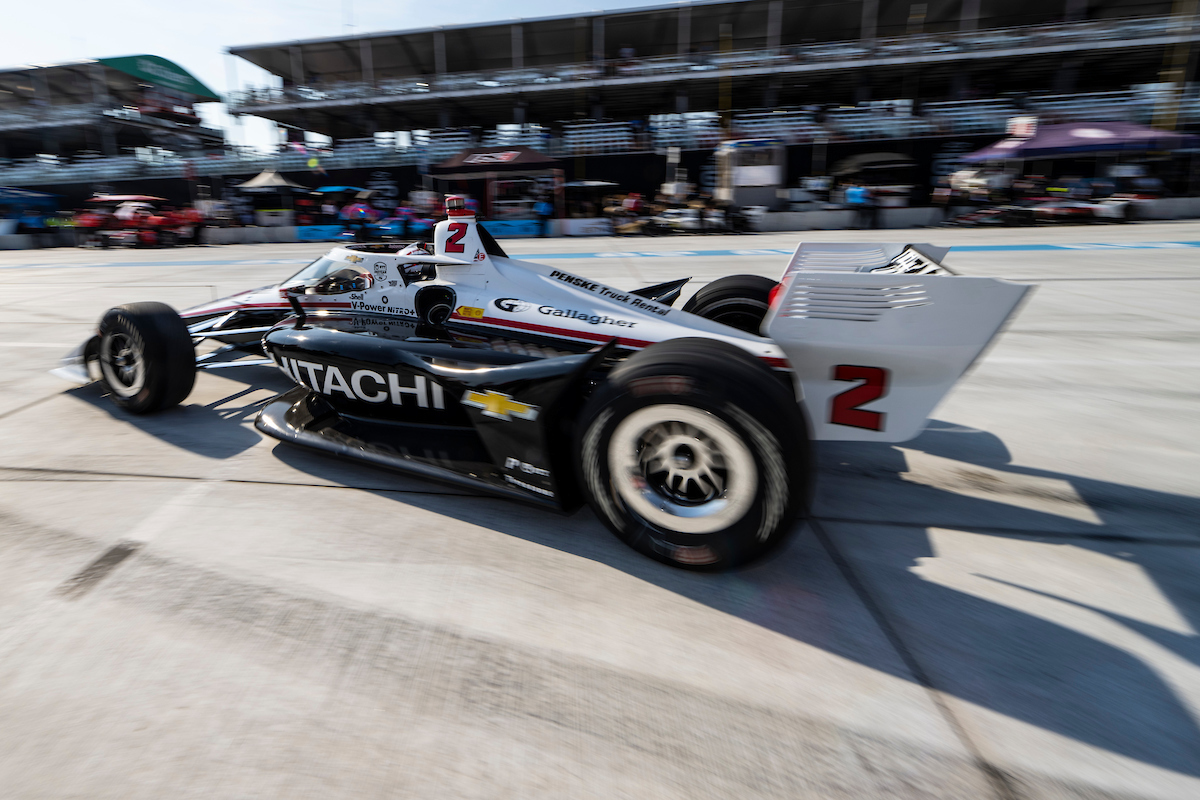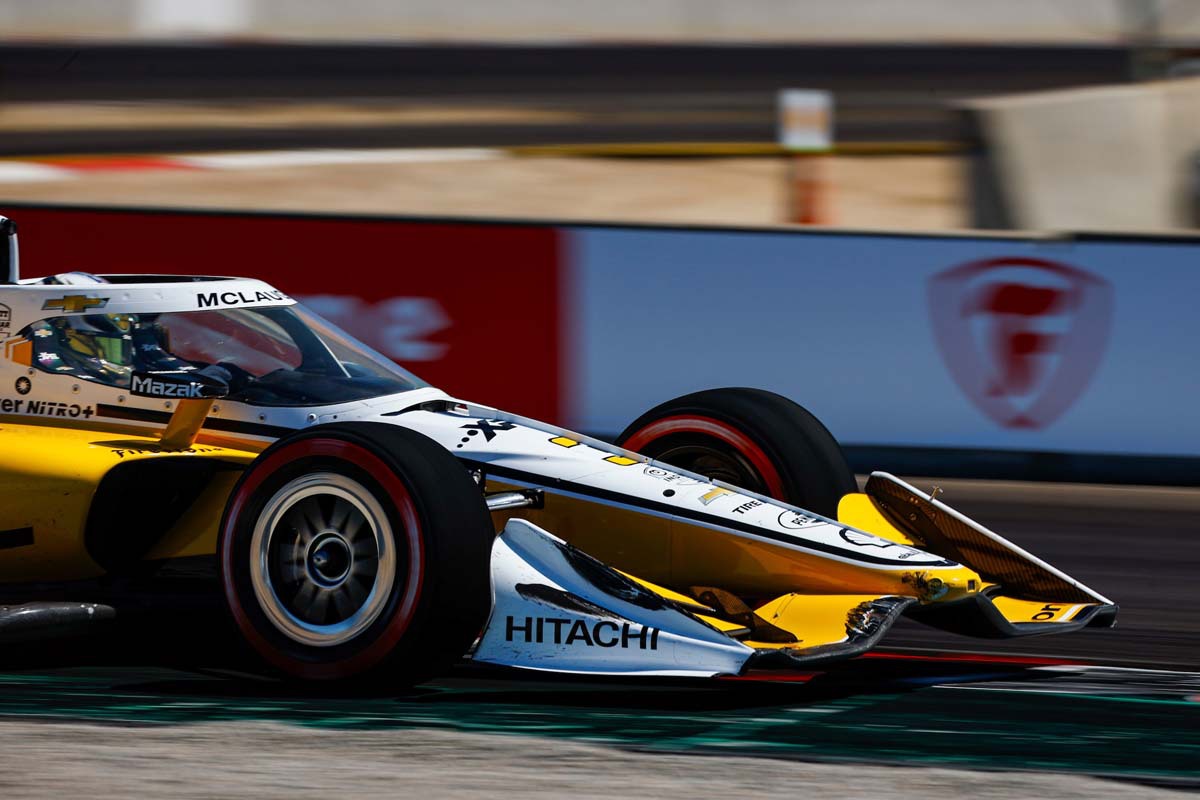Why are IndyCars different from F1?
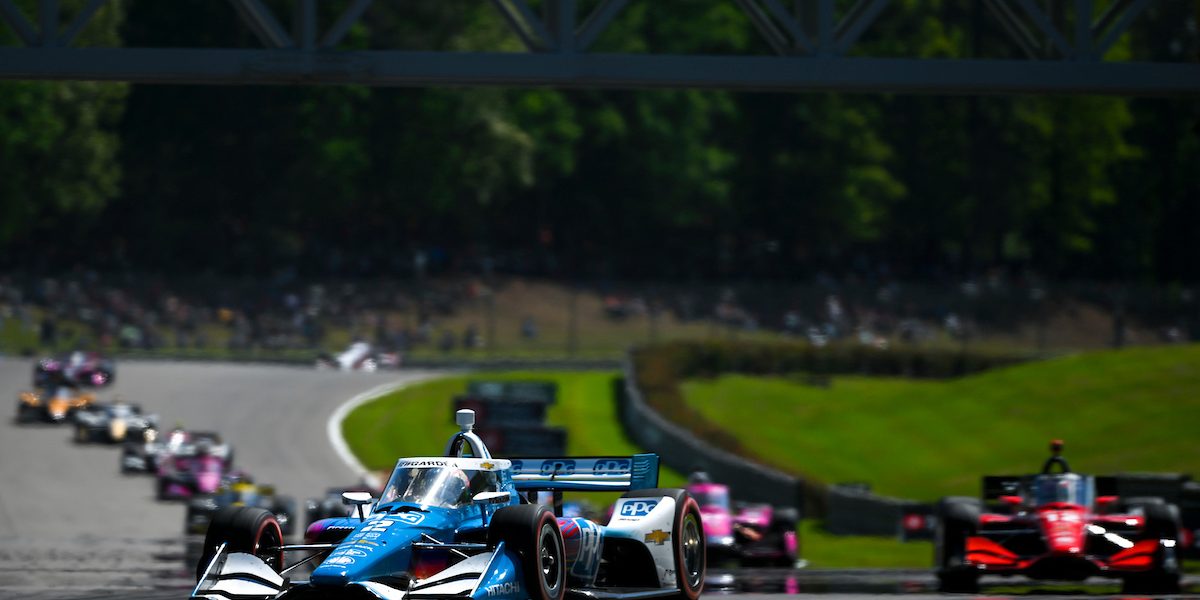
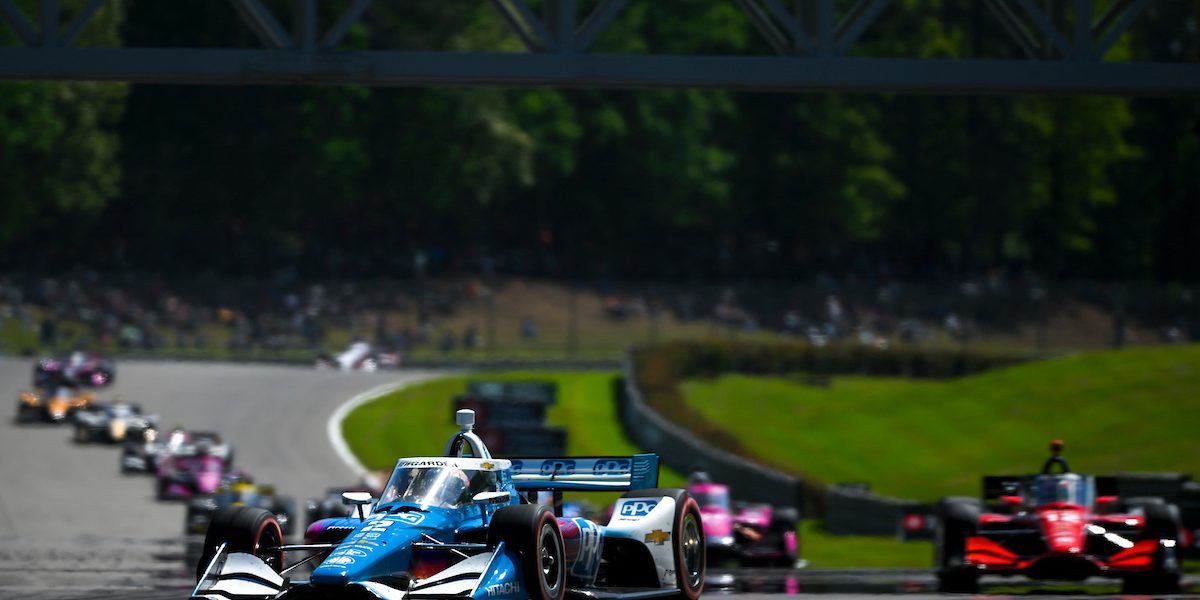
To understand why IndyCars differ from F1, you need to delve deeper into the differences in car design with a focus on aerodynamics, engines, and tires. This article will explore the unique solutions integrated into IndyCars and F1 cars that make them distinguishable on the race track.
IndyCar and Formula 1 (F1) are two of the most prestigious categories in the world of motorsport. Both competitions boast a long history, technological innovation, and drivers of exceptional talent. While they may seem similar at first glance, several differences distinguish these two types of racing.
Table of Contents
The Races: Geography and Track Diversity
Formula 1
Formula 1 is truly an international championship, with its races, known as Grands Prix, held across the globe, from Australia to Brazil, from Monaco to Singapore. The race calendar includes a variety of track layouts, ranging from permanent race circuits, semi-permanent public roads, to street circuits.
IndyCar
IndyCar races primarily take place in the United States, with the occasional race in Canada. The series includes a diverse mix of ovals, road courses, and street circuits. The Indianapolis 500, arguably the most famous race in the series, is held on the Indianapolis Motor Speedway oval.
The Cars: Design and Technology
Formula 1
F1 cars represent the pinnacle of motor racing technology. Teams design and build their cars, creating bespoke engines and chassis with the objective of maximizing performance. Aerodynamics is a critical factor in F1, with teams spending considerable resources optimizing the car’s aerodynamic efficiency for speed and handling.
IndyCar
IndyCars, on the other hand, are more standardized. All teams use a spec Dallara chassis and have a choice between two engine manufacturers, Honda or Chevrolet. The aerodynamic components of the cars are also standardized to ensure competitive equality. This means that IndyCar racing often comes down to driver skill and team strategy rather than technological superiority.
Competition and Strategy
Formula 1
In Formula 1, there is often a significant performance gap between the top teams and the rest of the field. This can lead to predictable race results. Pit strategy and tyre choice also play a crucial role in F1 due to the different tyre compounds available to teams during a race.
IndyCar
In contrast, IndyCar races are often unpredictable due to the more level playing field provided by the standardized cars. The close racing often results in different race winners and a season-long battle for the championship.
Rules and Regulations
Formula 1
F1’s governing body, the FIA, imposes intricate and continually evolving regulations on car design, team operations, and race procedures. There are rules governing everything from the shape and size of the front wings to the materials used in brake disc manufacturing.
IndyCar
IndyCar rules are somewhat less complicated due to the standardization of car components. However, there are still strict regulations around areas such as engine use and aerodynamic setup.
Race Formats
To understand the diverse racing formats in IndyCar and Formula One, dive into the specifics of each series. With a closer look at IndyCar and Formula One, you’ll learn about the unique race formats and what sets them apart. In this section, we’ll explore the differences between IndyCar and Formula One race formats.
IndyCar
This series is renowned as one of the most thrilling racing championships in the world. High-speed ovals and tricky road courses test drivers’ precision and strategies.
IndyCar has a few unique Race Formats. These include:
- Single-event sprint races
- Doubleheaders with two races in one weekend
- Multi-race events for the championship
Plus, cars have different engine types – gasoline for ovals and biofuel for roads.
IndyCar has been through many transformations. In ’96 it was internationalized and called Champ Car. Later, it merged with the Indy Racing League and became the unified IndyCar Series. Despite some difficult times, it’s still popular today.
Formula One
The pinnacle of single-seat four-wheeled motorsports is ‘Formula One.’ It’s famous for its intricate and complex race formats. The top teams race against each other, striving for the Championship title.
Unique Formula One Race Formats:
| Race Format | Description |
|---|---|
| Sprint Race | Short Saturday race. No mandatory pit stops. |
| Feature Race | Sunday race. Mandatory pit stops. |
| Qualifying Session | Establishes car starting positions. Based on fastest lap time. |
| Super Pole | Top 6 drivers compete for pole position. |
Sometimes circuits only host a Feature or Sprint Race over a weekend.
An interesting fact: According to Forbes’ 2021 World’s Highest-Paid Athletes article, Lewis Hamilton is the highest-paid driver. He earned $82 million.
Always have driving skills on and make sure they’re not showing in a race!
Driver Skills
To improve your driver skills for IndyCars and F1, you need to understand the differences in physical demands and track types. In order to tackle these areas, we will explore the sub-sections of track types and physical demands briefly to give you a better understanding of how to master these skills.
Track Types
High-speed circuits and tight, technical courses – different track types exist in motorsport for drivers to test their skills. Check out this table:
| Track Type | Description |
|---|---|
| High-speed circuit | Long straights and sweeping corners to test top speed and control. Example: Silverstone Circuit |
| Technical circuit | Tight turns, chicanes, and hairpin bends – test braking and throttle control. Example: Monaco Grand Prix circuit |
Each track has its own unique challenges – precision or pure speed. Drivers must hone their craft through practice and explore new limits. The best drivers know how each type of track demands different techniques, and they’re always improving.
Without proper training on all kinds of tracks, drivers miss out on invaluable experience to succeed in the competitive world of motorsport. Even your chiropractor needs driver skills for all those potholes!
Fan Experience
To enhance your fan experience with IndyCars in comparison to F1, the article will discuss how access to drivers and unique spectator views can add variety to the overall experience.
Access to Drivers
Fans now have the chance to link up with their favourite drivers. Interacting with drivers is a big part of improving the total fan experience. Drivers can reach out to fans via social media, autograph signings and meet-and-greets at race tracks. Making a personal bond between drivers and supporters can lead to more faithfulness towards the driver’s team and sponsors.
Linking up with drivers not only boosts the fan experience but also provides a way for followers to ask queries or get insights into their beloved driver’s career. Fans can discover various elements such as driving approaches, training sessions and track strategies which give an inside view on what it takes to be a successful driver. All in all, access to drivers has become a major part of the motorsport fandom culture.
Personalised encounters provided by some teams during race week give special access for fans to come together with their favourite drivers and get a behind-the-scenes view of team activities. This covers garage tours, invitation-only shindigs hosted by sponsors, VIP suites and much more. These events create closer ties between fans and their preferred teams while also producing extra income streams for them.
In recent years, connecting with drivers is easier than ever due to technological breakthroughs in motorsports broadcasting introducing new viewpoints of understanding racers’ conduct both on and off-track. It’s not just limited to the broadcast networks; many drivers are increasingly using apps like Twitch or live streaming on YouTube to raise fan engagement. Accessing their lifestyles through social media is more dynamic than meeting them in person.
A great example of this is when NASCAR driver Ryan Blaney set up a virtual Q&A session after winning at Talladega in 2019 due to bad weather holding up most of that race. Dull bonding isn’t always usual now so connecting off-track through social media makes viewers feel included in the racer’s journey too.
Spectator Views
Attendees’ experiences can be hugely impacted by being spectators. The environment and atmosphere play a huge role in how spectators view the event. Positive surroundings can increase the excitement. Factors such as seating and audio can hugely influence views.
Spectators value amenities, comfort, security, and refreshments. Firms should appreciate that providing these can mean satisfied customers who will come back. Incentives for frequent visitors can increase satisfaction and bring in more business.
For instance, loyalty programs or personalizing experiences can create tailored experiences that generate excellent reviews and attract more visitors.
Above all else, fan experience is crucial for any event. Failing to provide an enjoyable experience can result in competition from other entertainment options. Prioritizing fan satisfaction is key to making customers loyal and attracting new ones!
Historical Context
To understand why IndyCars are distinct from F1, you must dive into the historical context of American vs European motorsports. The evolution of IndyCar and F1 also played a significant role in setting them apart. In this section, we will explore these sub-sections to provide you an extensive solution.
American vs European Motorsports
American and European motorsports have distinct contrasts. Here’s a comparison of them in terms of sport types, tracks and events.
| American Motorsports | European Motorsports | |
| Sport Types | NASCAR, IndyCar, NHRA Drag Racing | Formula One, WRC Rallying, Endurance Racing |
| Tracks | Oval tracks with banked turns and short straights | Road courses with sharp turns and long straights |
| Events | Daytona 500, Indy 500, Coca-Cola 600 | Monaco Grand Prix, Le Mans 24 Hour Race, Tour de Corse Rallye de France. |
European Motorsports prizes driving aptitude and tactics, while American Motorsports values car horsepower and speed. Recently, both have become popular around the world with their events broadcast globally.
Fun Fact: The first organized automobile race was in France, 1894! It was from Paris to Rouen. From horse-drawn carriages to the power of IndyCar and F1, racing has come a long way…
Evolution of IndyCar and F1
The evolution of open-wheel racing is captivating! Examining how IndyCar and F1 have shifted throughout the years gives us an insight into their development. Here is a brief timeline of their history:
| Era | IndyCar | F1 |
|---|---|---|
| 1940-1950s | Ovals dominated; Brickyard was biggest race | Alfa Romeo won multiple championships pre-WWII; Ferrari entered in late 40s |
| 1960s | Road races added; aerodynamics mattered | Ford engines entered F1; Monaco made first appearance |
| 1970s-1980s | Marlboro Racing and Unser vied for titles; safety improved on tracks | Turbocharging increased speed but caused accidents; Lotus introduced ground effect aerodynamics to create more downforce. |
| 1990s-present day | Aero kit modifications made cars faster; competition expanded with new motorsports. | Safety regulations updated after Ayrton Senna’s death; tech improving car speeds & efficiency. |
These two sports have evolved independently. IndyCar focuses on ovals and the Indy 500, while F1 is more into road and street circuits.
The Andretti family, who have been a powerhouse in American auto racing since the ’60s, demonstrate the power of motorsports. Money has been a driving factor in this industry for a long time – the rise and fall of top-level sponsors is a testament to this.
Sponsorship and Financial Structures
To understand the financial differences between IndyCars and F1, the section on Sponsorship and Financial Structures with Team Ownership, Budgets and Expenses as solution briefly explains how each racing series finances its operations and how teams are structured.
Team Ownership
It’s important to consider the entity that holds ownership when exploring a team’s financial structures. Ownership is a big deal, as it dictates the team’s direction and how decisions are made about sponsorships and investments. Ownership structures vary from sole proprietorship to shared ownership among multiple people. Knowing who controls decision-making is necessary for avoiding confusion and conflicts of interest.
Some teams may go for unique ownership, like community-owned teams or not-for-profits. In these cases, sponsors’ goals can be different from those of for-profit teams.
Cultural Differences
To understand the cultural differences between IndyCars and F1, you need to take a closer look at the fan base and media coverage. Delving into these sub-sections will highlight the contrasting demographics, preferences, and consumption of both sports.
Fan Base
When it comes to devoted followers, cultural differences can shape fan communities. There are three nuances that affect fans across cultures: values and traditions, language barriers, and perception of media representation.
Collectivist societies prioritize loyalty and respect over likes and dislikes. Meanwhile, individualistic societies value personal freedom and choice. Language barriers determine fan interaction within a culture. Perception of media representation varies widely among cultures, affecting loyalty.
Being mindful of cultural differences while building fan communities can encourage growth. For example, Lady Gaga performed in Tokyo in 2014. Fans stayed silent during her performance, which made her worried. But, she found out that it was a sign of high respect and admiration. Media coverage of cultural differences is often awkward.
Media Coverage
Media’s portrayal of cultural differences is complex. It can shape social norms and attitudes, but can also misrepresent or stereotype cultural nuances. Accurate, culturally competent representation is needed across media platforms to promote diversity.
Going beyond superficial representations, media coverage should explore communities’ complexities, histories and customs. Otherwise, inaccurate portrayals can lead to misunderstandings between people of different cultures.
Journalists should understand the cultures they are reporting on, by cultivating connections and conducting research. This needs to be sensitive and respectful to their customs.
As an audience member, it’s important to critically analyze media coverage. We need to seek out diverse perspectives and recognize our own limitations to combat culturally insensitive depictions in mainstream media.
Global Reach
To understand the global reach of IndyCar and F1, we’ll explore the difference in focus between the two racing series. IndyCar’s North American focus and Formula One’s worldwide presence are the two sub-sections which we will look into. Each series’ unique focus gives it a distinctive appeal to fans all over the world.
IndyCar’s North American Focus
IndyCar has grown to be a global phenomenon. It began mainly in North America but has now spread to Japan and Australia. Fans anticipate watching the biggest names in the sport, like Scott Dixon, Josef Newgarden and Will Power, battle for the championship title. They have faced tracks of all types; ovals, road courses, and street circuits.
North America is the perfect platform for IndyCar as it has a strong racing culture. This expansion has allowed more people to appreciate the sport. It could bring sponsorships and more revenue for teams and the sport.
The sport dates back to 1911 with The Indianapolis 500, still one of the biggest events.
Formula One’s Worldwide Presence
Formula One’s global presence is unmatched. Races happen on 6 continents, and the sport connects with fans of all cultures and languages. From Singapore’s city streets to the deserts of Bahrain, Formula One leaves its mark.
Partnerships with big brands like Rolex and Heineken go beyond advertising. They also include social and cultural initiatives in local communities.
The fans are also global. Dedicated fan communities exist across social media platforms, allowing teams and fans to stay connected.
F1 has taken part in initiatives in Africa, aiming to give underprivileged children access to education through sports and scholarships. In Asia, they are leading a movement towards sustainable transport.
New races in cities like Miami and Jeddah will mean that Formula One’s reach will only grow. It brings people from different backgrounds together, making it more than just a motorsport – it’s a symbol of unity.
Why are IndyCars different from F1? – Frequently Asked Questions
Q: What are some major physical differences between IndyCars and F1 cars?
A: IndyCars have larger, boxier chassis and front and rear wings, while F1 cars have more streamlined and aerodynamic design, with sleeker wings and more pointed noses.
Q: What types of engines do IndyCars and F1 cars use?
A: IndyCars currently use 2.2-liter, twin-turbocharged V6 engines while F1 cars use 1.6-liter, turbocharged V6 engines. The rev limits and power outputs also differ between the two series.
Q: How does the size and weight of the cars compare?
A: IndyCars are typically larger and heavier than F1 cars, with a minimum weight of 1,610 pounds compared to F1’s minimum weight of 1,543 pounds. The larger size and weight of IndyCars often results in more contact during races.
Q: What is the difference in race tracks between IndyCar and F1?
A: IndyCar races on a mix of oval, road, and street courses, while F1 primarily races on permanent road courses. IndyCars generally run at higher speeds on ovals, while F1 cars are faster on road courses due to their greater downforce and nimble handling.
Q: How do tire regulations differ between IndyCar and F1?
A: IndyCars have a fixed number of tire sets for a race weekend, while F1 has a more complex tire allocation system that varies depending on the race track, tire compounds, and weather conditions. Additionally, F1 tires are generally narrower and more durable than IndyCar tires.
Q: What are the differences in team structure and budgets between IndyCar and F1?
A: IndyCar teams are generally smaller and have lower budgets than F1 teams. Additionally, F1 teams often have much larger technical staff and more resources, allowing for more advanced and sophisticated car developments.






